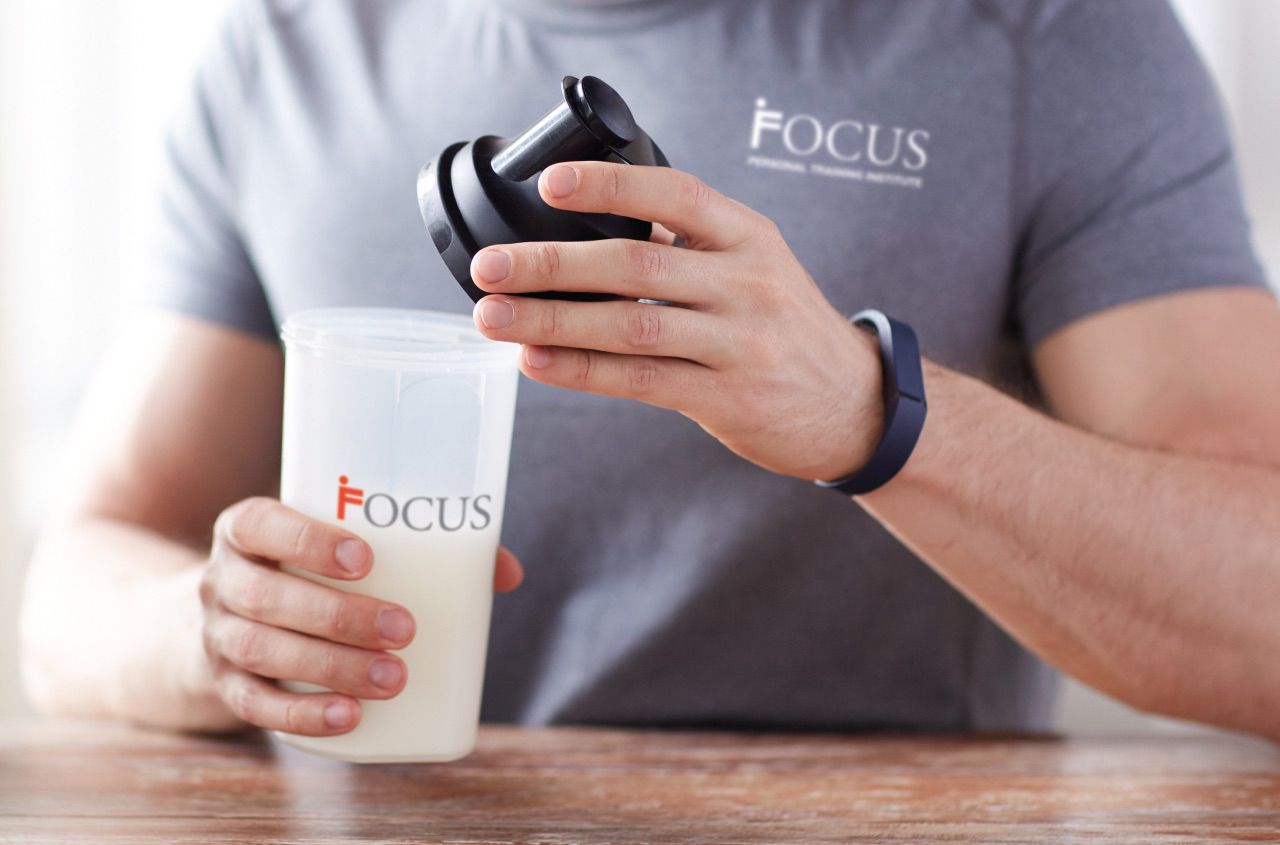Have you ever wondered why some people rely on daily Super Shakes? Well, let me paint a picture for you…
- 30 years old
- Lives in downtown NYC
- Lifts weights 3-4x per week
- Meal preps whenever possible
- Struggles to eat enough due to the stress and busyness of life
Sound familiar?
If this lifter is you, Super Shakes will literally become your saving grace. Now don’t get wrong … this concept isn’t anything exceptionally new or groundbreaking. I mean, the team at Precision Nutrition has been discussing these for a while.
Just like any idea, the concept is useless without application, however. And that’s where most people fall short. Let me break down some of the context and subtleties behind Super Shakes.
Shake Snacks – Slippery Slope or Dieting Savior?
In all honesty, I’m not a big fan of liquid calories. To me, alcohol, soda, juice, and milk are all just calories. So you must account for them in the context of your overall nutritional plan.
Other than when you want to increase weight, liquid options are not usually something I recommend to lifters because of their low satiety.
However, if you fall into one of the following categories, then Super Shakes are likely a solid option for you:
- Low appetite (especially first thing in the morning)
- Short on time to prepare breakfast
- Struggling to eat enough during the day due to time or appetite
- Lacking time to meal prep
- Struggling to put on muscle due to a lack of calories
- Low protein intake due to poor appetite
- Need a good meal replacement for losing body fat
A few quick notes on smoothies in general before we get into the Super Shake details:
- Smoothies don’t replace real food: You can’t survive on meal replacements and smoothies. Taking the time to cook at home and emphasize whole foods in your diet is an absolute necessity for long-term health and performance.
- Smoothies need a chewable element: Most people don’t realize it, but digestion begins in the mouth. Mastication (aka the process of chewing) is an integral part of digestion. It signals the production of hydrochloric acid in the stomach along with bile salts and pancreatic enzymes. Have you ever chugged a protein shake and then noticed gas and bloating during the next 30-60 minutes? This is a great example. You skipped phase I of digestion, and your system is trying to give you a heads up so that you don’t make the same mistake twice.
- Smoothies need a fruit AND vegetable: You’re probably not eating enough vegetables. Even people engrossed in the world of fitness forget about the basics.
“8.5% of high school students nationwide met fruit recommendations and 2.1% met vegetable recommendations. The median fruit and vegetable intake for 14 to 18 year olds was .5 cups of fruit and .8 cups of vegetables eaten .2 and .1 times per day, respectfully.” — Moore et al. 2016
Now granted, you’re (likely) not a high schooler. But when I interview clients about what they consumed over the past 24 hours (aka dietary recall), I have yet to see many who include my recommended 5-8 servings of veggies and 2-3 servings of fruit. Adding both to smoothies (especially veggies) is an easy way to increase your daily servings without too much effort. If you’re struggling to incorporate veggies into a smoothie, start with something basic that’s fairly neutral in taste – frozen spinach, squash, and zucchini. If your smoothies still don’t taste great with added fruit and vegetables, consider using a fruit and greens powder.
Building Super Shakes From the Ground Up
If you scrolled through the article just to learn how to make a Super Shake, please take a moment or two to read the general recommendations above. Remember, the formula itself is simple, but the implementation requires context and specifics. Don’t just toss everything in a blender and hope for the best.
Pick a:
- LIQUID (Cashew milk, coconut milk, almond milk, cow’s milk, water, cold green tea)
- PROTEIN POWDER (Isolate, concentrate, casein, rice, pea)
- FRUIT (Frozen is best for increased texture)
- VEGGIE (Frozen is best for increased texture)
- FAT (Almond butter, Brazil, or other nuts)
- TOPPER (Something chewable like chia/hemp seeds or shredded coconut)
When trying to INCREASE the calories in your Super Shake:
- Opt for frozen bananas as your fruit because they’re quite calorie-dense.
- Use nut butters to increase calorie density without too much additional food volume.
- Stick to 0.5-1 serving of veggies because they’re fairly low-calorie.
- Macadamia nuts are the most calorically dense nut – ½ cup yields 470 calories.
- Use flavored almond/coconut/rice/cashew milk, such as vanilla or chocolate, because these have additional calories.
- Cooked sweet potatoes can be added for additional carbs in the shake, BUT be aware that these require a VERY powerful blender. Most blenders can’t handle the thickness of this shake.
When trying to DECREASE the calories in your Super Shake:
- Opt for frozen berries because they have the highest micronutrient content for the fewest calories.
- Use whole nuts rather than nut butters whenever possible.
- Double the servings of veggies per shake to increase the volume without increasing calories drastically.
- Use almond/coconut/cashew milk that is unsweetened or flavored with stevia to avoid extra calories.
- If you prefer a thicker shake or more fluid volume, add ice to your shake to thicken it.
There you have it … Super Shake Science 101 – best of luck and happy blending!









Love the information, keep it coming. Lol
Hi Marc!
Thank you so much for commenting. We’re glad you enjoy the content. Feel free to share with your friends and family if you’d like. Spread the knowledge!!
Have a good day, Marc!
Best,
Alanna Bradley
Curriculum and Content Coordinator
Focus Personal Training Institute
T: 212.319.3816 (NYC)
FPTI.edu